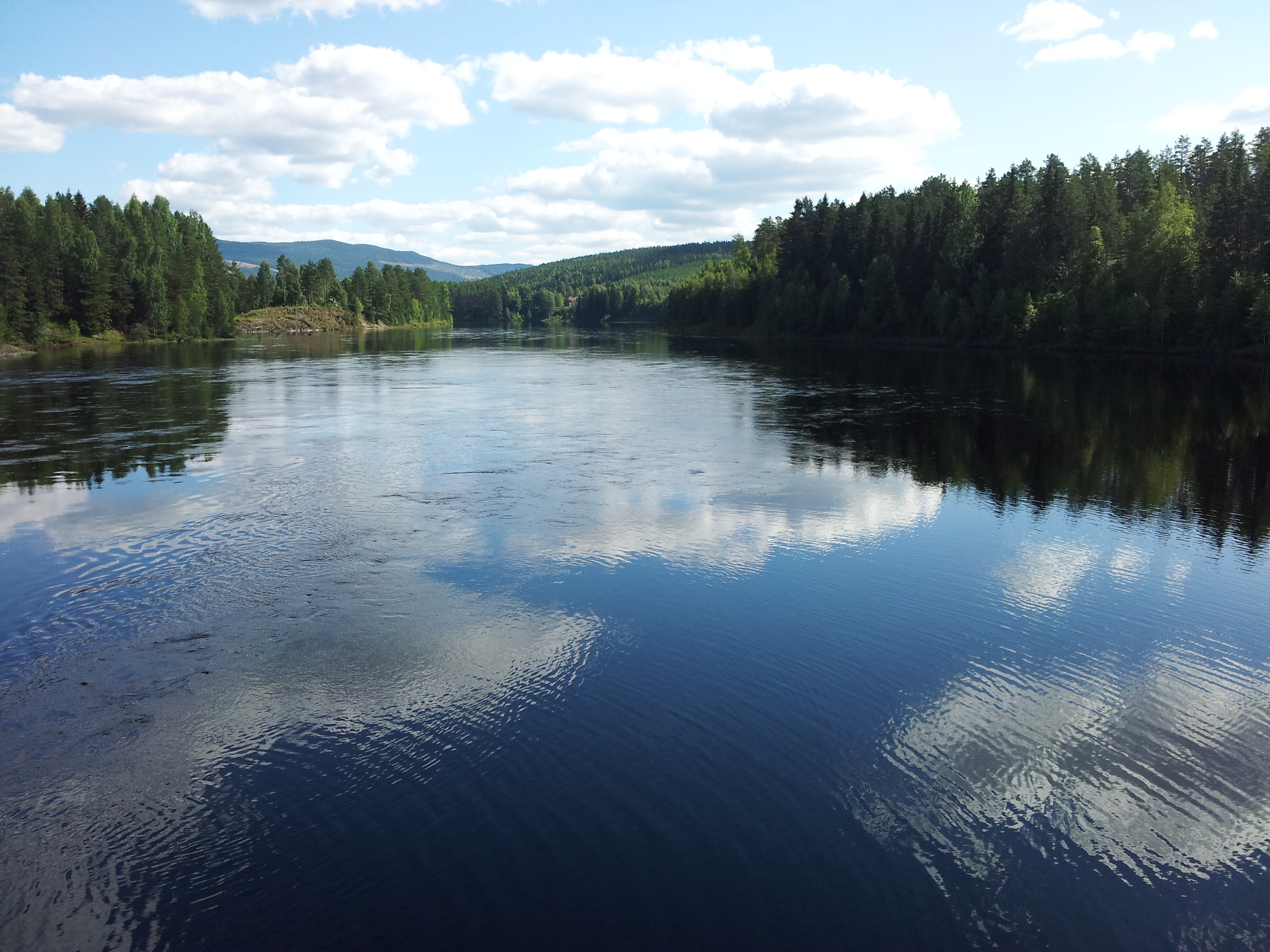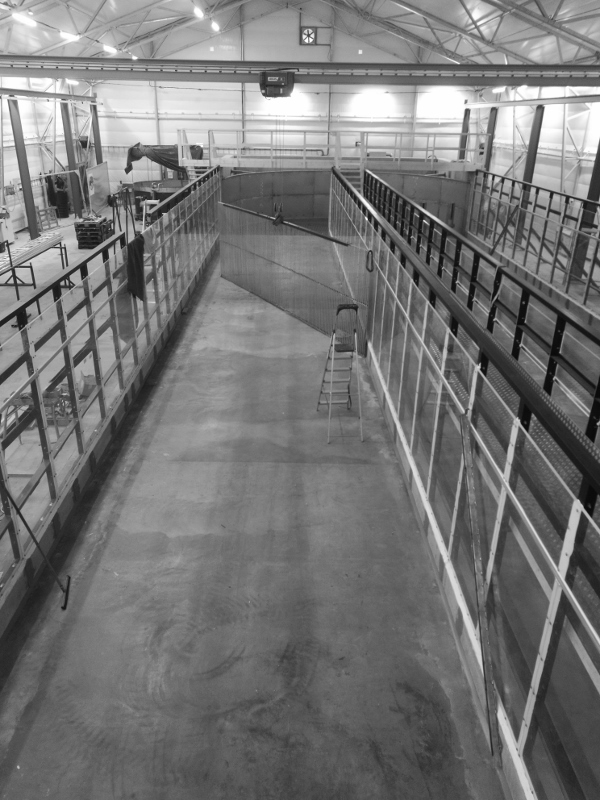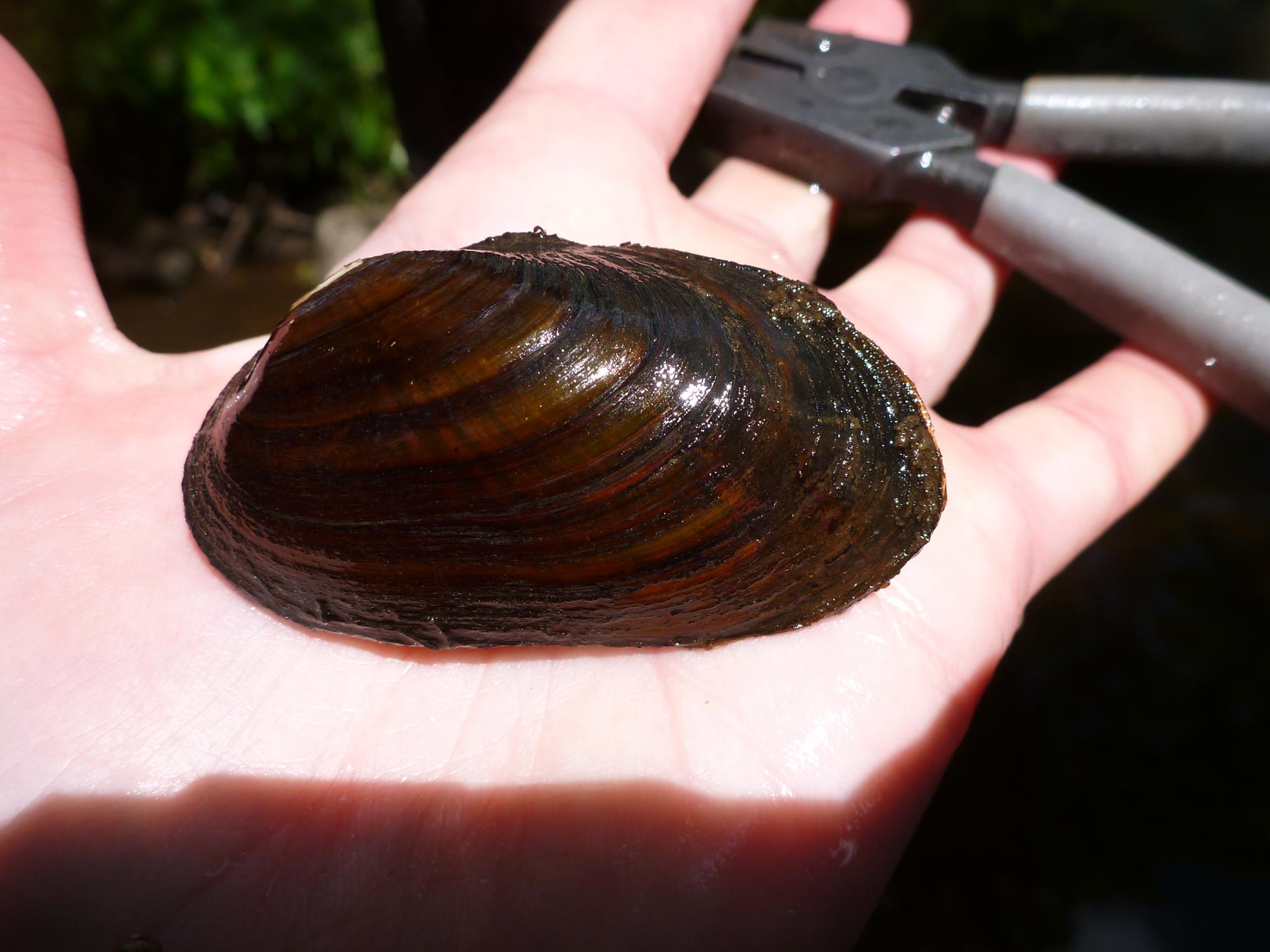Associate senior lecturer position: Stream habitat modelling and environmental flows
Posted by Karl Filipsson | Jobs
River Klarälven, Värmland, Sweden
A position as “Associate senior lecturer in biology with research focus on stream habitat modelling and environmental flows” at Karlstad University is now open for application. The position is a fixed-term full-time employment for four years.
“For the first three years the position will be approximately 80% research and 20% teaching. Teaching will include courses in the undergraduate and master programs in Biology. The main duty of the position is to conduct research on the effects of habitat degradation, restoration, and streamflow on stream fish populations with a focus on regulated rivers. The successful candidate will be expected to evaluate the effects of habitat and stream flow on fish distribution, growth and abundance employing advanced ecological modelling. The candidate will be the main researcher in the new project: “Advanced ecological modelling for prioritizing environmental flows and habitat restoration in regulated rivers”. The project is a collaboration between Karlstad University and key actors in river restoration including world-leading modeling consultants DHI Sweden AB, and hydropower companies Vattenfall AB Fortum AB, and Sydkraft AB.”
Read more and apply for the position here. Last application date is 2018-03-31.





